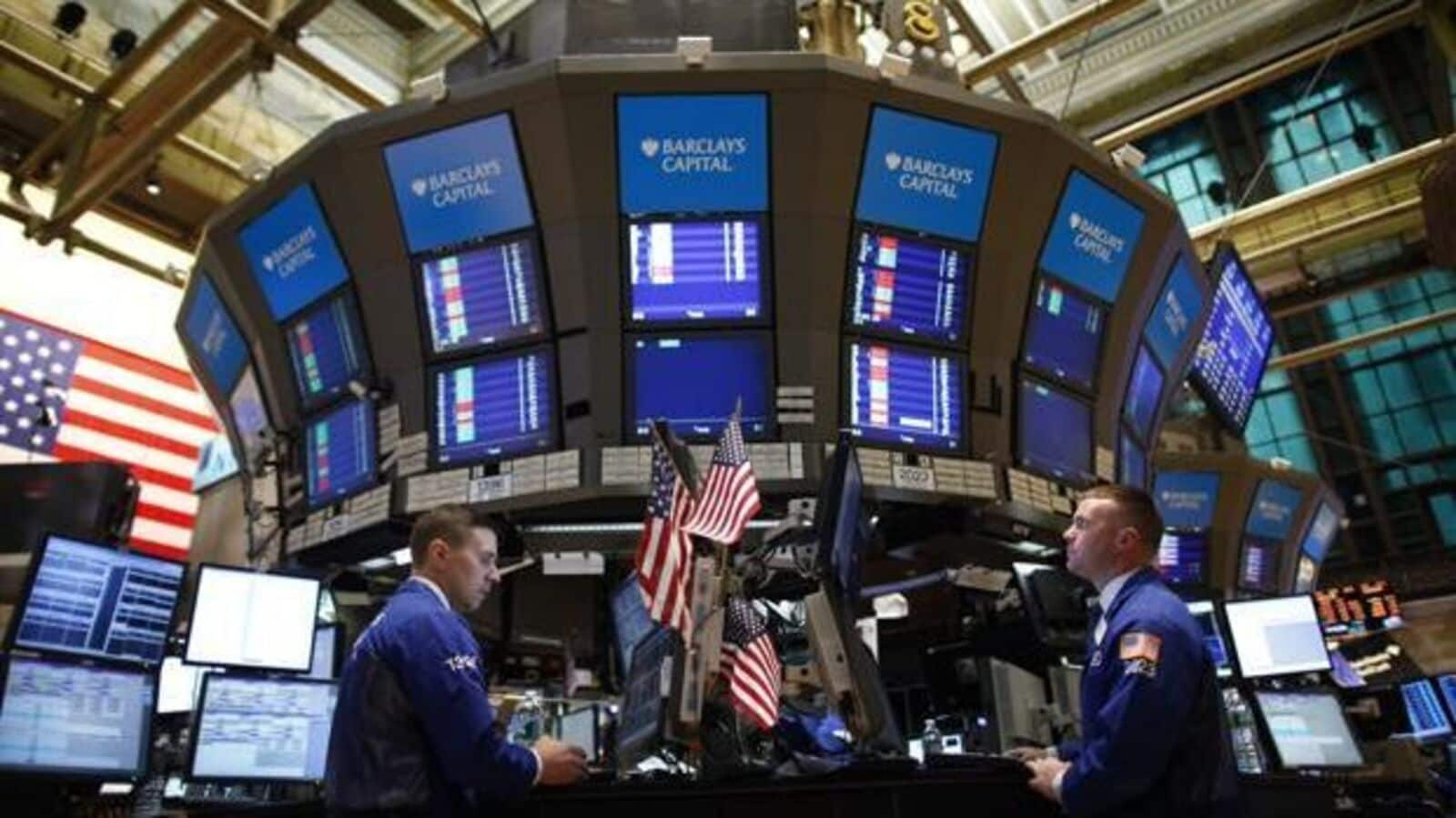On Thursday, the US stock market experienced a significant downturn as anxiety over the economic repercussions of President Donald Trump’s tariff strategies became increasingly pronounced. All three major indexes faced substantial declines, overshadowing positive economic data and ongoing trade discussions between the US and Europe. The Dow Jones Industrial Average fell sharply by 1,014.79 points or 2.50%, closing at 39,593.66. Meanwhile, the S&P 500 plummeted by 188.85 points, equating to a 3.46% drop, landing at 5,268.05. The Nasdaq Composite also took a hit, dropping 737.66 points or 4.31%, ending at 16,387.31.
Market Sector Performance
In the S&P 500, all sectors except consumer staples ended the day in the red. Notably, the energy and technology sectors suffered the most significant losses. According to reports, the ratio of declining stocks to advancing ones was a striking 4.81-to-1 on the NYSE. Additionally, there were 39 new highs contrasted with 224 new lows. The Nasdaq also mirrored this trend, with 3,588 stocks declining compared to just 867 that rose.
- Dow Jones Industrial Average: -1,014.79 points (-2.50%)
- S&P 500: -188.85 points (-3.46%)
- Nasdaq Composite: -737.66 points (-4.31%)
Tariff Concerns and Market Reactions
The recent announcement by Trump of a 90-day tariff pause had initially sparked a 9.5% increase in the S&P 500, marking the largest one-day surge since October 2008. The tech-focused Nasdaq jumped 12.2%, achieving its second-largest daily gain on record. However, following his statement about raising tariffs on Chinese imports, market sentiment shifted dramatically. The White House confirmed that a 10% blanket duty on nearly all US imports would remain, raising the total US tariffs on China to a staggering 145%.
Impact on Tech Stocks
The so-called Magnificent Seven stocks, primarily associated with artificial intelligence, faced notable declines ranging from 2.3% to 7.3%. Specific stocks included:
- Apple: -4.24%
- Nvidia: -5.91%
- Tesla: -7.27%
- Advanced Micro Devices: experienced a significant drop
Additionally, CarMax saw its shares tumble 17.0% after falling short of fourth-quarter profit forecasts.
Currency and Treasury Yields
The US dollar weakened against its major counterparts, reaching a 10-year low against the Swiss franc, dropping 3.89% to 0.825. The euro rose by 2.23%, while against the Japanese yen, the dollar fell 2.07% to 144.66.
Inflation Insights
In March, US consumer prices unexpectedly fell, driven by lower gasoline and used vehicle costs. The Consumer Price Index (CPI) dipped by 0.1%, marking the first decline since May 2020. Year-over-year, the CPI showed a 2.4% increase, down from 2.8% in February.
Lastly, the yield on 10-year US Treasury notes decreased by 1 basis point, settling at 4.386%, while the yield on the interest-rate sensitive two-year note dropped by 11 basis points to 3.843%.
This multifaceted market reaction underscores the interconnectedness of trade policies and economic indicators, revealing how swiftly sentiment can shift in response to geopolitical developments.











